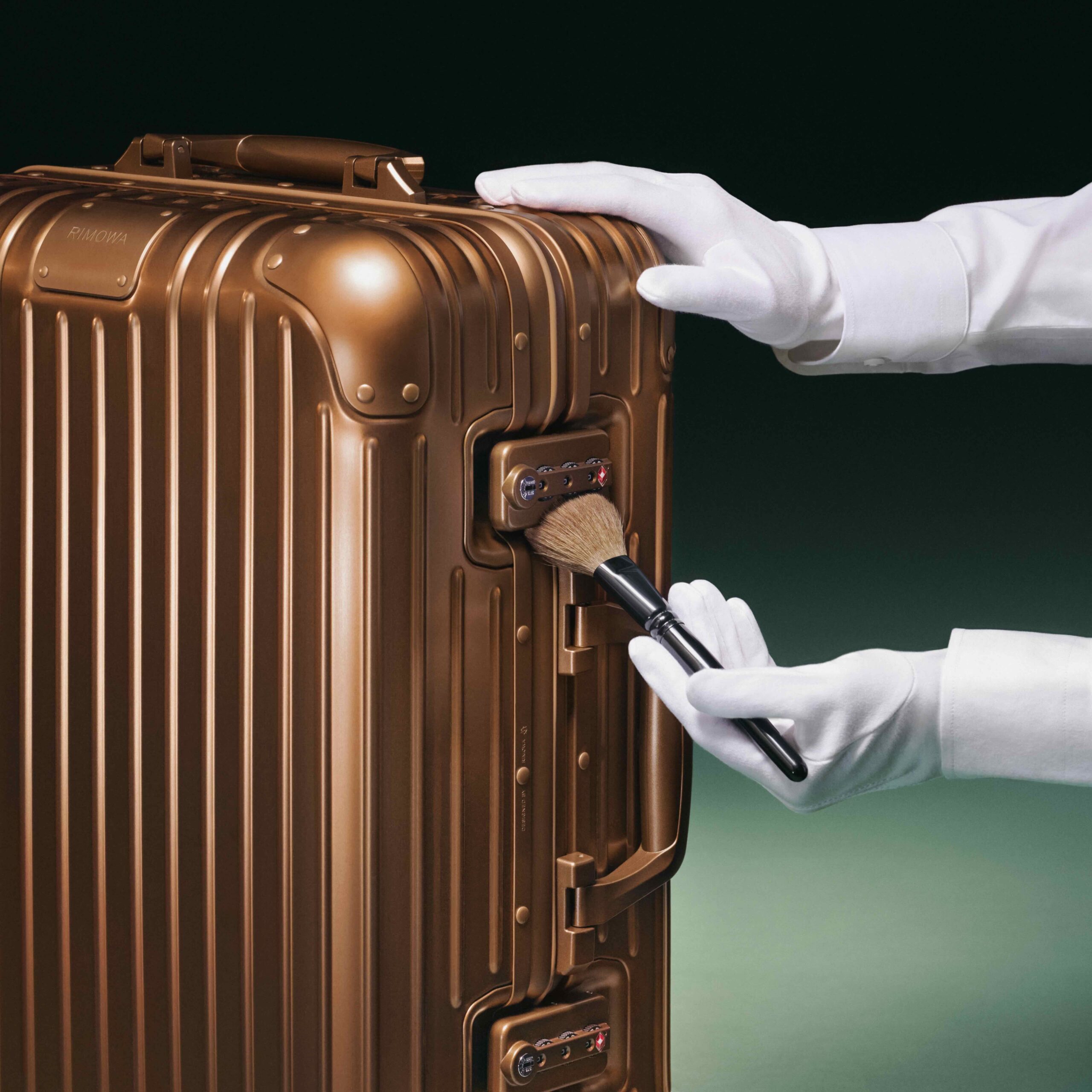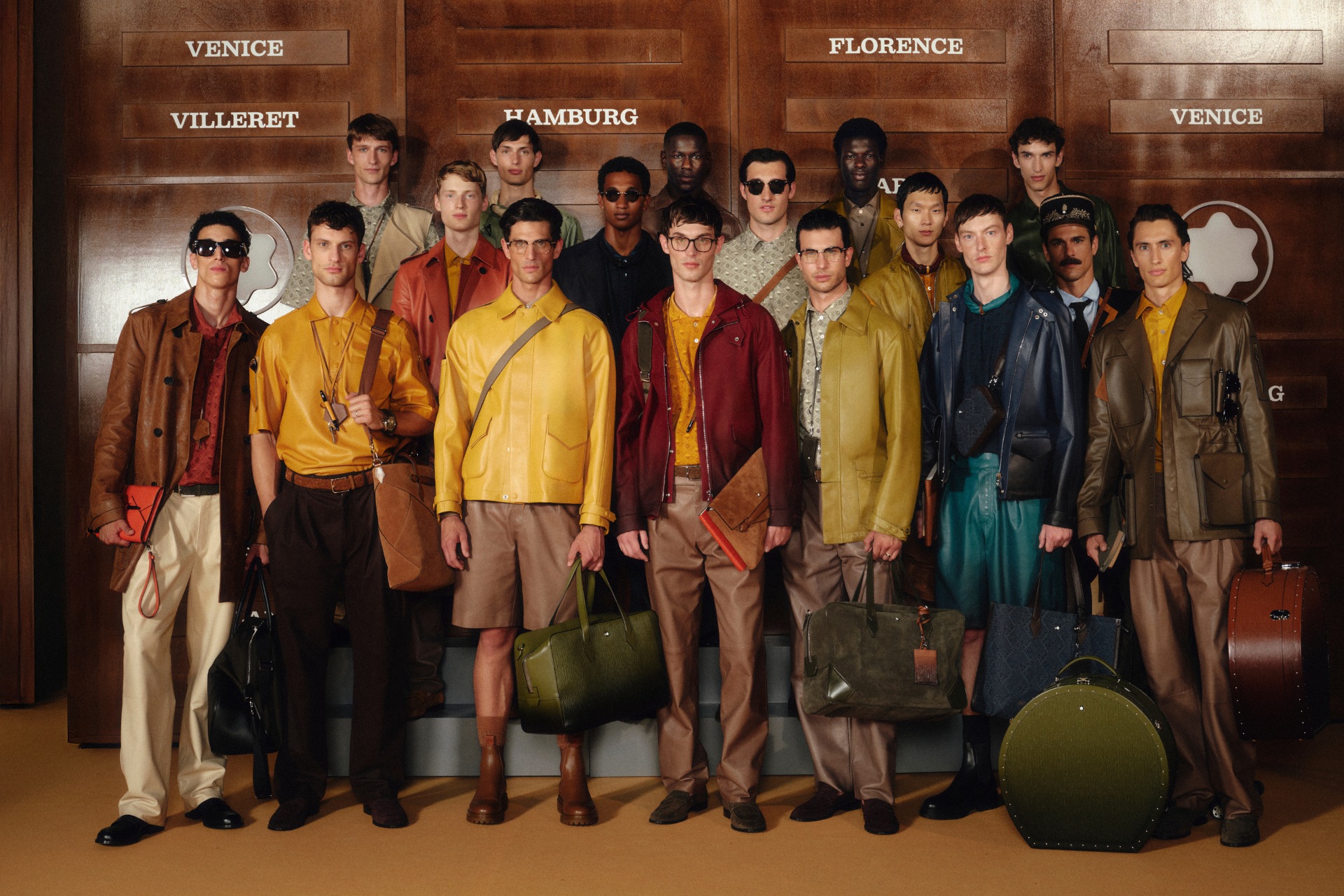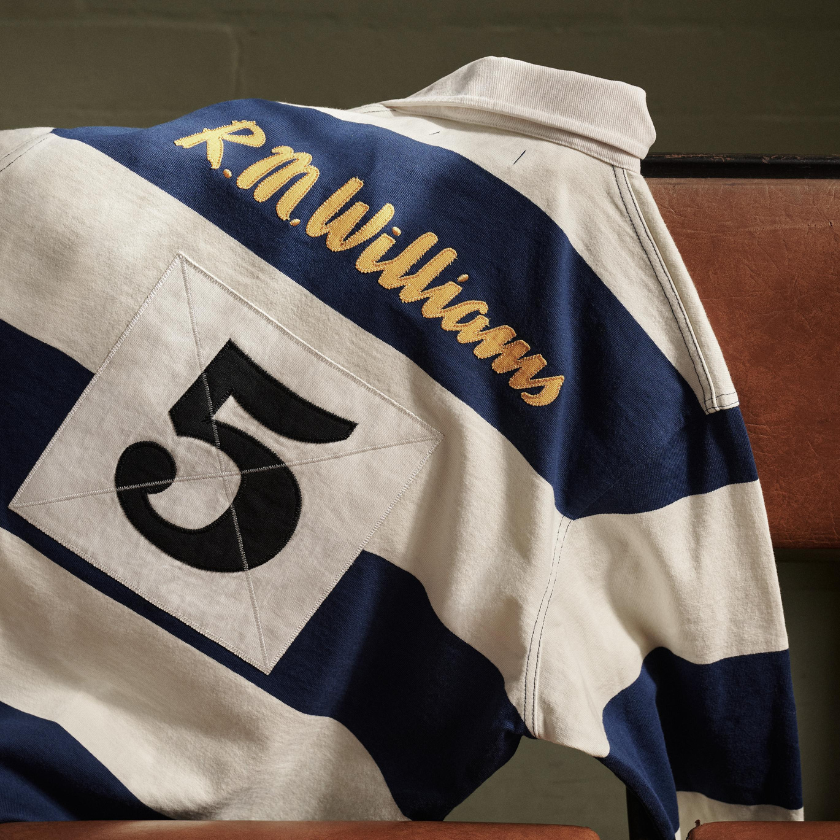Is upcycled fashion the future of automotive material circularity?
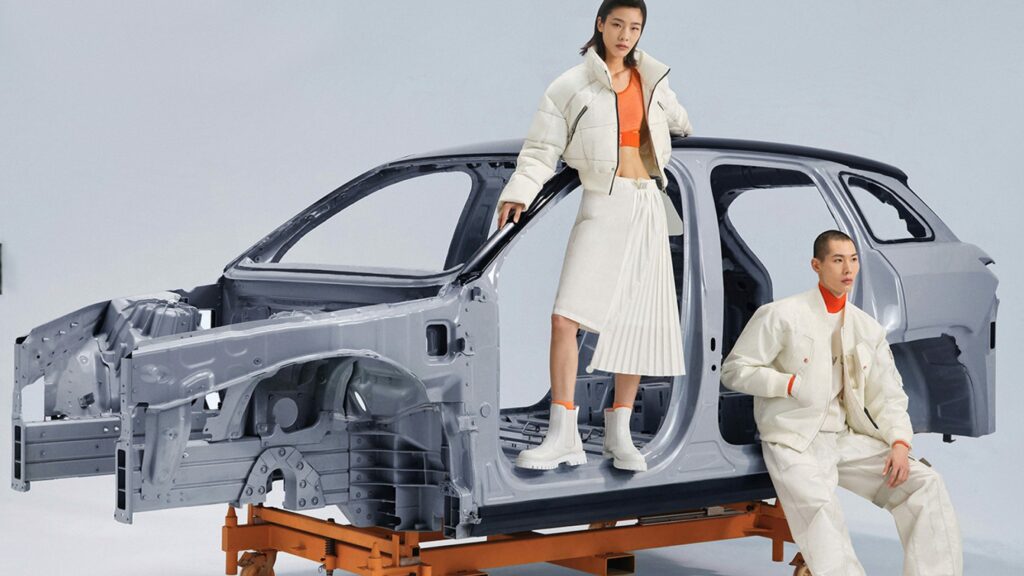
BY NOW, it’s likely you’ve heard of the many sustainably-led innovations happening across car interiors, such as the use of vegan and more earth-friendly dyes, carpets and textiles made from fishing wire and recycled P.E.T bottles, eucalyptus and wool textiles and even up-cycled 3D printed metals. However, in an attempt to reduce waste and material wastage, another trend has been emerging within the space and it is sitting at the intersection of car materials and fashion.
The repurposing of materials for lifestyle products is not all a new thing—visit any major performance car showroom, and you’ll likely come across some kind of product that is made from carbon fibre, a technical and lightweight material found in many cars. Things like keyrings or desk objects, for example. But for car companies that are pursuing waste-free initiatives, using this as a strategy for all of its offcuts is not easy—they don’t often have the manufacturing capabilities, the in-house artisans or the know-how. Some carmakers are looking at their inner circle to find new ways to address this—Lamborghini, for example, works with a local non-profit organisation that teaches ancient leather crafts and works with disadvantaged communities for its leather goods (made from offcuts from its factory floor), whereas others are relying on collaborations from the fashion and design industries to help. Through this, a new space of technical wear and very interesting product creation is emerging. Here we look at three of the best in show.
Hyundai
Since it first started working with sustainable fashion designer Maria Cornejo in 2019, who helped show Hyundai how its excess materials, like seat leather and cotton, could be repurposed into stylish garments, the South Korean car brand has engaged in some majorly impressive partnerships. Its Re:Style project expanded into multiple collaborations, showcasing the many ways mass-market industrial materials can be repurposed for fashion. This has included everything from leathers to airbags, seatbelts and other car part materials, as well as the newer eco-friendly materials now found in the OEM’s electric vehicles, including Bio PET and recycled fibres. Since its launch, the brand has collaborated with Alighieri, E.L.V. DENIM, Public School, pushBUTTON, Richard Quinn, and Rosie Assoulin, to create all sorts of products, including jewellery, jumpsuits, work vests, bags and more. This year, Hyundai worked with Jeremy Scott on a ‘car couture’ collection that it unveiled in Seoul and Amsterdam and included various materials that included surprising use of car parts.
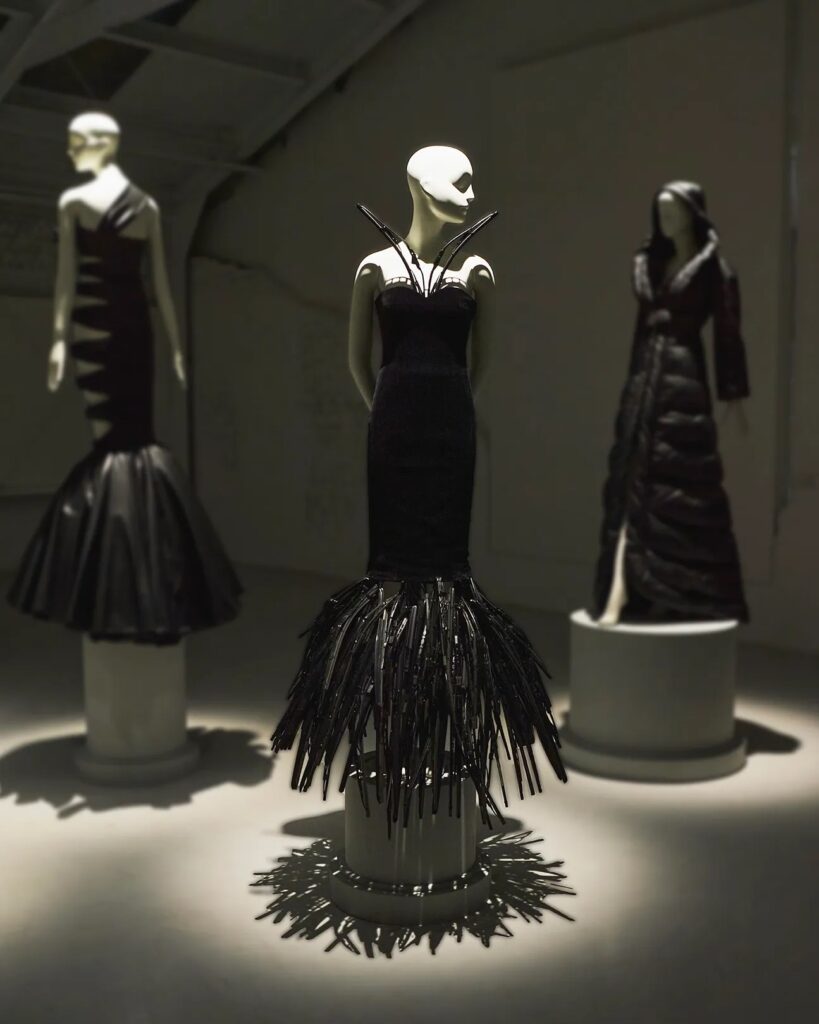
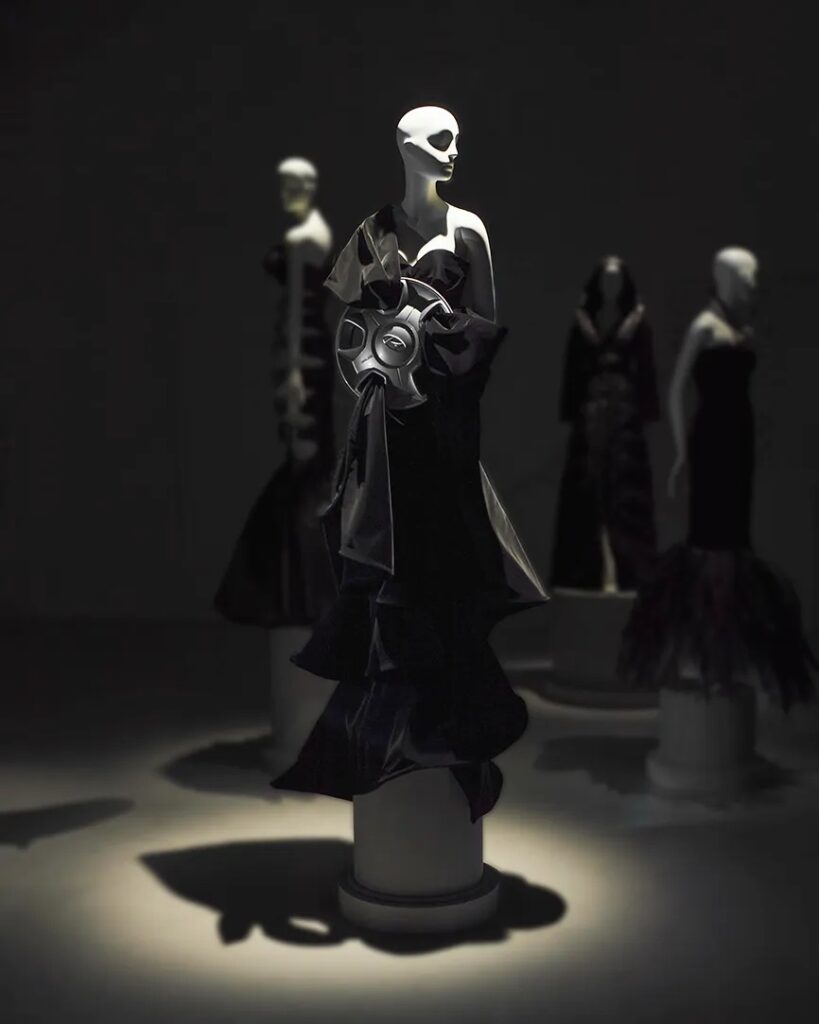
Nio
While not a household name in Australia —yet—electric vehicle maker Nio is slated as the Chinese premium brand with the most promise to topple Tesla and other premium carmakers. Unlike many of the other Chinese makers more focused on mass appeal, this Shanghai-based brand has been showing a lot of promise across Europe due to its focus on design and brand placement. Now regularly seen showing at Shanghai Fashion Week, Nio’s circularity initiative Blue Sky Lab is creating a fresh blueprint for how car companies —even emerging ones—can work with the design world to reduce waste within both industries.
The initiative has used materials from airbags, seatbelts and what it calls ‘Haptex’, a low-carbon and low-water (with process) alternative to synthetic leather and has expanded from creating fashion collections to furnishings and interior products. Some of the designers Nio has worked with include Hussein Chalayan, Japanese architect Shuhei Aoyama, French leather goods designer Vincent du Sartel as well as enlisting designers from Parsons School of Design, Li-Ning and Allbirds.
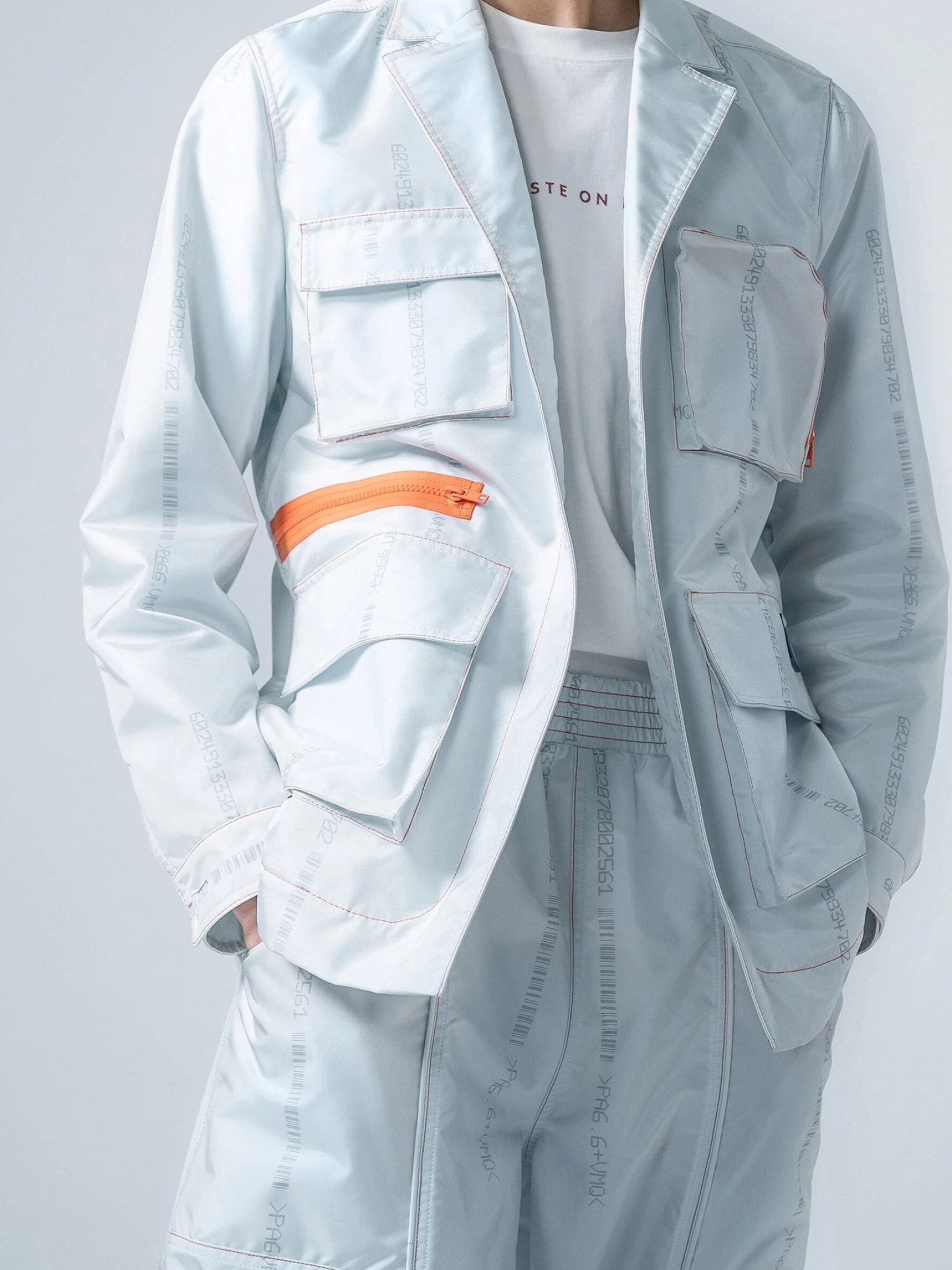

Bentley
As a leader in high-end materials, craftsmanship and intelligent sustainability practices within the luxury automotive space, and a brand that has engaged in a series of curious and creative brand collaborations, it isn’t all that surprising that Bentley is interested in finding new ways for its off-cuts and materials to live on in other prestigious mediums.
At London Fashion Week, for Spring/Summer 2024, the British marque partnered with fashion designer Supriya Lele on a small range of concept garments that used leather off-cuts sourced from Bentley’s coachbuilding arm, Mulliner. Speaking to the heritage of the two houses, the designs were lovely throws to both British and Indian heritage, in vibrant blue hues. It’s important to note that car leather is not easy to work with—it’s often very stiff and not at all supple as we are used to in fashion, but Lele managed to prove that the material could reflect the quality of the fabric, while also serving style. This shows that while many brands in the past have said it’s not possible, with the ongoing technical development of materials on both sides of the industries, that is very much starting to shift.

Related:
Can’t afford the supercar? Aston Martin just dropped the hottest and most advanced super bicycle yet
How Uber is driving a shift to car-light living in Australia












